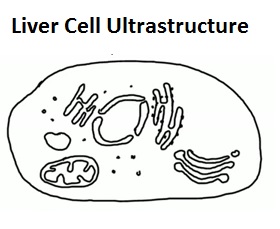Ultrastructure of cells - planning 1.2
Planning sheet for ultrastructure of cells | |||||||||||
| Desired Results | |||||||||||
Understanding(s)
| Essential Question(s)
| ||||||||||
ToK / NOS / IM
| Skills students will have
| ||||||||||
| Assessment Evidence | |||||||||||
Completion of worksheets included in the following tasks will give evidence of understanding. There are quick tests the IB style questions in the lessons on eukaryote cells, prokaryote cells and the cell detective activity. The students will show their understanding of the key concepts about both types of cells by answering these questions. The activities looking at prokaryotes in yoghurt, growing prokaryotes on mobile phones and the cell detective activity ask students to apply their knowledge in new situation and will help to identify students who have difficulty making comparisons, or distinguishing between cell organelles. The experimental work on prokaryotes gives students an opportunity to process data and write a simple conclusion and evaluation. There is also a 'webquest' style investigation to spot errors in images of cells found on the web. | |||||||||||
Learning Activities | |||||||||||
| |||||||||||



